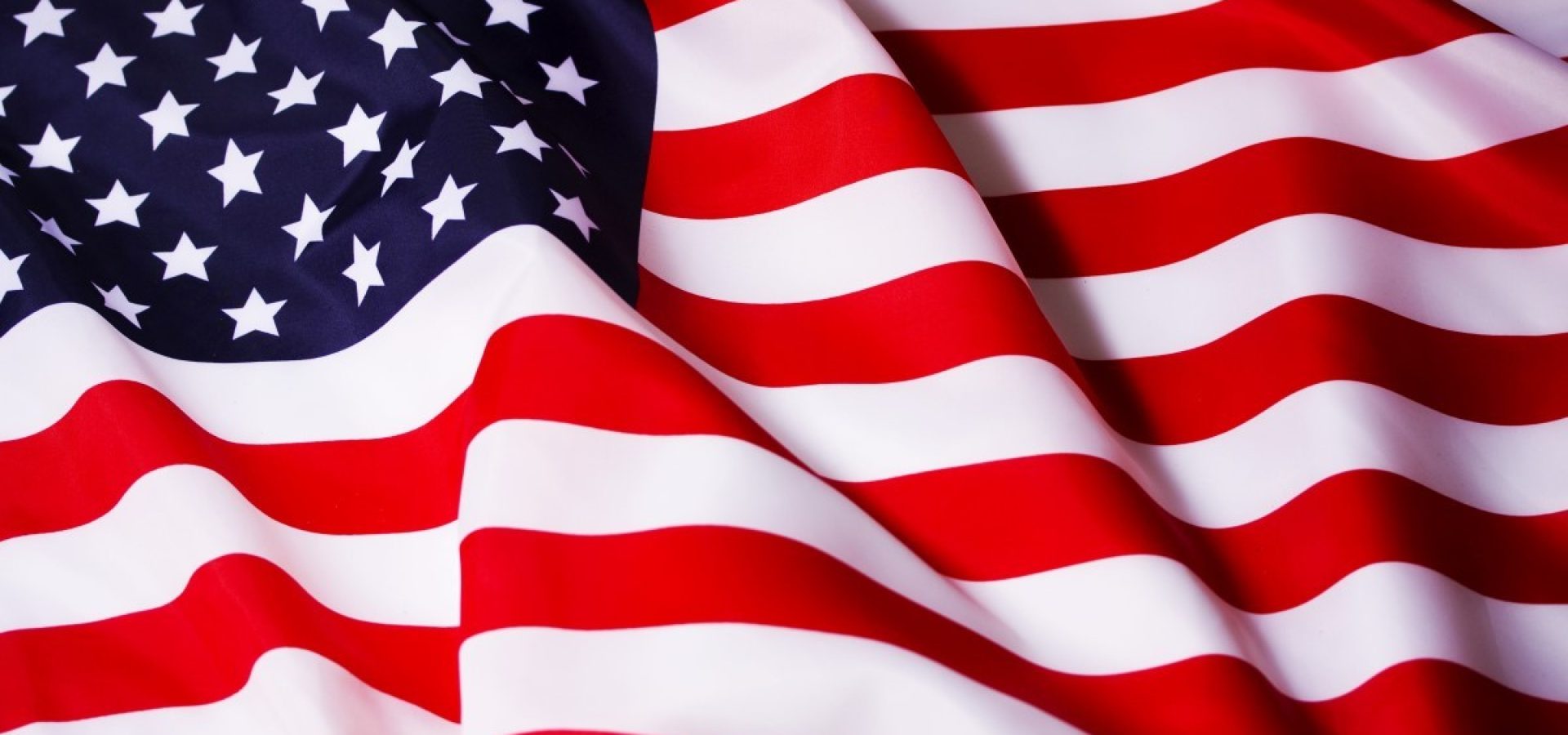Two days ago, the Financial Action Task Force (FATF) released its report. The FATF reevaluated the United States on its compliance regarding the anti-money laundering (AML) and counter-terrorist financing (CTF) regulations. This report also contains many interesting details connected with crypto. Let’s have a look at this report to learn more about the crypto industry in the U.S.
Based on this report, the U.S. is largely compliant with FATF regulations when it comes to cryptocurrencies and virtual assets.
It is worth mentioning that, since the last assessment that took place in 2016, the FATF rating of the U.S. did not change for several years. However, during the previous years, more precisely in 2019, FATF amended its guidelines.
The reevaluation provides an opportunity to understand what the country is doing to comply with regulations.
Crypto regulations and FATF
According to this report, U.S. regulations are effective when it comes to covering different types of Virtual Asset Service Providers (VASP). Interestingly, VASP includes various entities such as exchanges and custodians.
Nevertheless, the U.S. regulations are not ideal, as regulations do not explicitly deal with the specific case of VASP. This report highlights regulations are not good enough to cope with cases when VASP is incorporated in the U.S. but has otherwise no business in the country.
Crypto operators generally fall under the category of Money Services Businesses(MSB). As a result, most MSBs have to develop AML and CTF regulations.
Moreover, FATF underlined that some businesses may also have to comply with regulations imposed by the Securities and Exchange Commission (SEC). Also, they have to comply with regulations created by the Commodity Futures Trading Commission (CFTC).
Nevertheless, FATF identified one problem. The U.S. maintains its $3,000 threshold for occasional unidentified transactions. However, according to FATF, the threshold should no more than $1,000.
There are other problems as well. For example, the U.S. does not identify higher-risk service providers, as such providers are covered by the MSB regime. Nevertheless, the current approach is not good enough, when it comes to higher-risk service providers.









COMMENTS